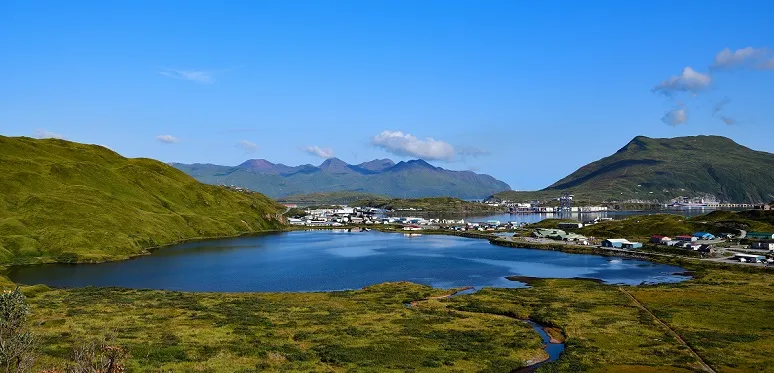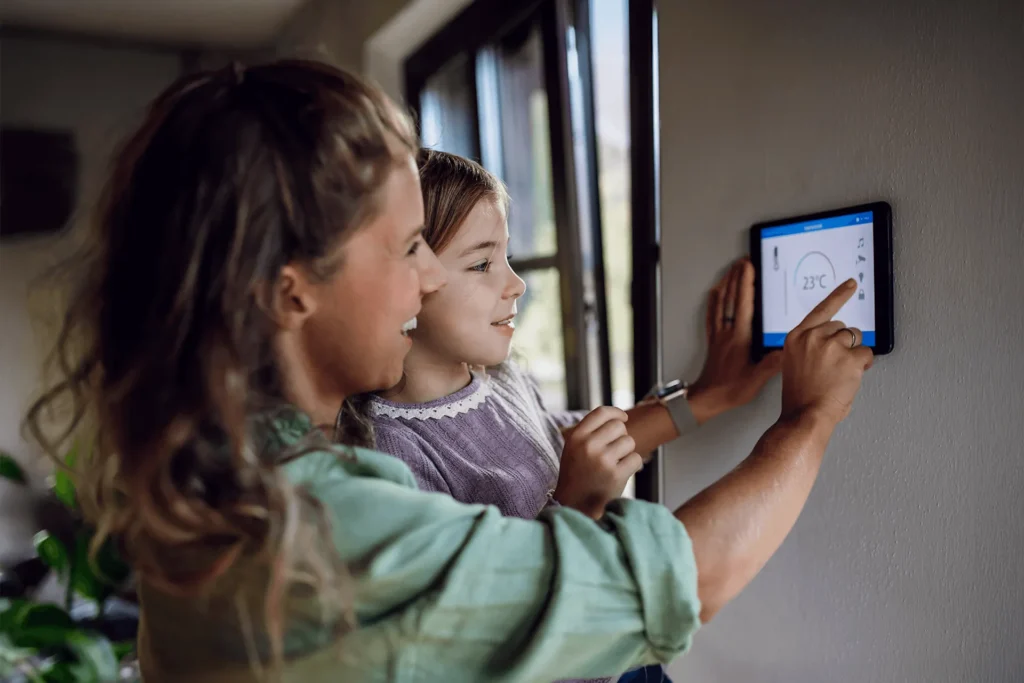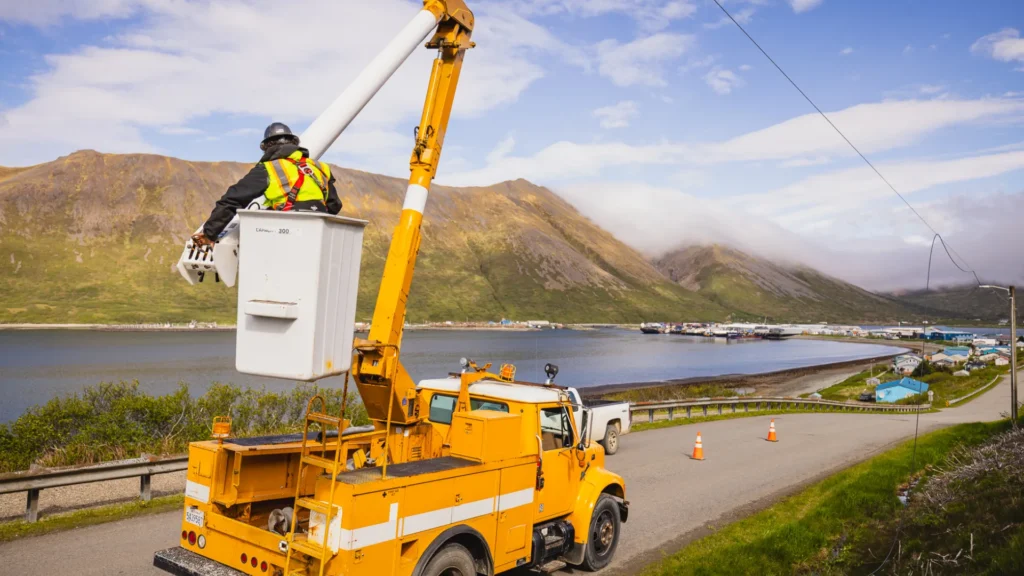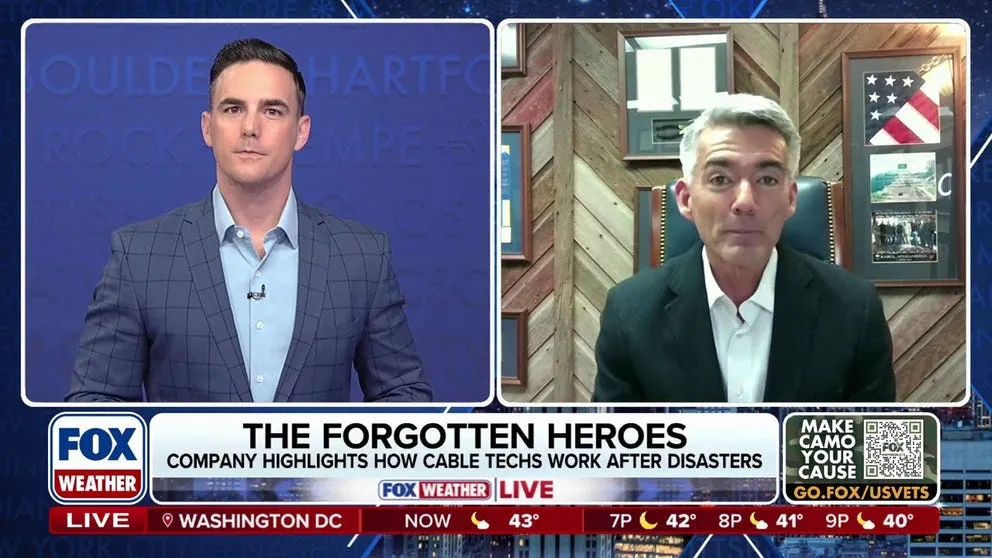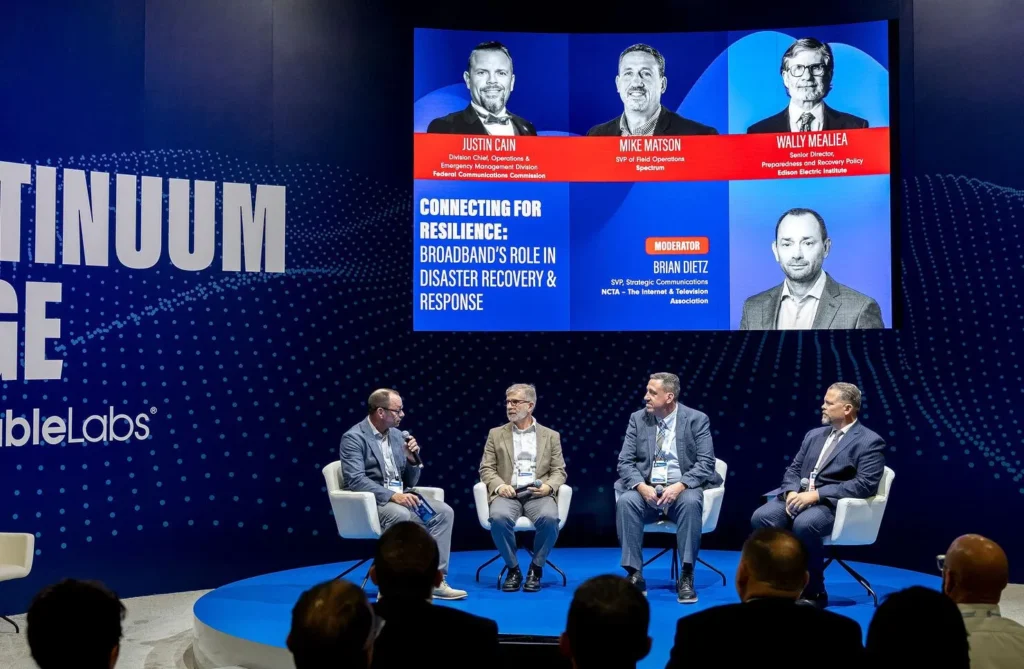Rural residents of Unalaska, one of the most remote regions in the United States also known for being the location of Discovery’s “Deadliest Catch,” are celebrating a huge milestone—the recent launch of GCI’s 2 gigabit per second speed internet service in the region. This marks the completion of phase 1 (of 2) of the AU-Aleutians Fiber Project, which aims to bring next-generation connectivity to 12 Aleutian, Alaska Peninsula, and Kodiak Island communities in the state’s efforts to close the digital divide.
“This project has been years in the making, as we’ve learned more about the people who will use this network, about the region’s industry, and to better understand the market. You can’t understand Alaska unless you leave Anchorage,” explained GCI President & Chief Operating Officer Greg Chapados at GCI’s press conference last week.
To better understand why this is such an important step for Alaska, here is a brief overview of how this historic project came to be, and where it stands.
An Opportunity to Close the Digital Divide
In 2016, the GCI team traveled to the region, at the request of Sen. Dan Sullivan (R-AK), who had relayed a need for lightning speed connectivity to meet the needs of the communities there.
- “We found an enormously vibrant community, economically. It’s a gateway to the American Arctic. It’s the largest fishing port in the United States. And they were deeply frustrated with and struggling with the limitations of satellite-based and 2G wireless service and were looking for immediate improvements,” said Chapados.
- GCI recognized that Unalaska needed a “transformational solution,” which could only mean fiber. “Only middle mile fiber could provide the speed and the capacity that would enable Unalaska and the Aleutian communities to achieve their potential,” said Chapados.
A Successful Public—Private Partnership
Phase 1 of the project, now complete, was funded by a $25 million RUS grant and $33 million of GCI’s own capital, costing $58 million and allowing the build out of an 800-mile-long fiber optic backbone.
- Chapados thanked RUS during the press conference for its partnership with GCI, citing it as a “great reference case for how the federal government and private companies can work together to bring better connectivity to rural residents.”
- Phase 2 of the project, which will bring next-level connectivity to the small communities of Chignik Lagoon, Chignik Lake, Cold Bay, False Pass, Ouzinkie and Port Lions, will be completed in partnership with the Native Village of Port Lions, funded by a $29.3 million grant from the National Telecommunications and Information Administration.
Redefining Connectivity for Rural Communities
Unalaska Mayor Vincent Tutiakoff was one of the first customers to receive the 2 gig service and said the city school system, stores, and businesses are already seeing the benefits of the next-generation network, including his own family members. “They go on there now and play their games, stream their programs, and it’s all very clear,” he commented.
- When the project was just beginning, Tutiakoff couldn’t even join for video conferences when needed. He had to phone in for any discussions about the AU-Aleutians project, demonstrating how transformational the connectivity truly is and the impact it can make for remote communities.
“This is a group of talented leaders and problem-solvers who are up to the challenge of connecting a state as vast and as rugged as Alaska,” remarked GCI CEO Ron Duncan. “Though we still have a long way to go, I can tell you from first-hand experience, we’ve made great progress. We look forward to the important work ahead to connect our fellow Alaskans.”

